Tansan Manjyu (炭酸まんじゅう) is a special and tasty Japanese steamed bun. This dish has double name that shows both its special way of making it and its strong connection to old Japanese country life. The “Tansan” part tells us about a key ingredient that makes it different, while “Inaka Manjyu” highlights its roots and simple, traditional style. This article will look at what makes Tansan Manjyu special, its important place in farming traditions, and how it changed over time to suit different tastes.
What is Tansan Manjyu?
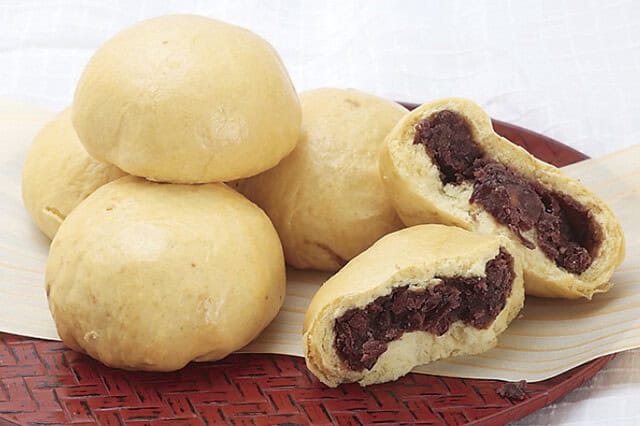
Tansan Manjyu is a beloved local food, widely eaten in the Northern Kanto area of Japan, especially in places like Saitama Prefecture. It is a special and tasty Japanese steamed bun. Known as “Inaka Manjyu” (田舎まんじゅう), which means “countryside bun”. The most special thing about Tansan Manjyu is its name, “Tansan” (炭酸), which means “carbonated.” This name comes directly from using baking soda (重曹 – “jūsō”) in the dough, which is different from how locals make most manjyu. This steamed bun plays an important traditional role, often made for “Hare no Hi” (ハレの日), which are special celebration days. Tansan Manju also has its traditional sweet bean paste filling and now comes with various savory options. These include miso, takana (pickled mustard greens), kinpira (braised burdock root and carrot), kiriboshi daikon (dried daikon radish), and nozawana (pickled greens).
Tansan Manjyu Origin
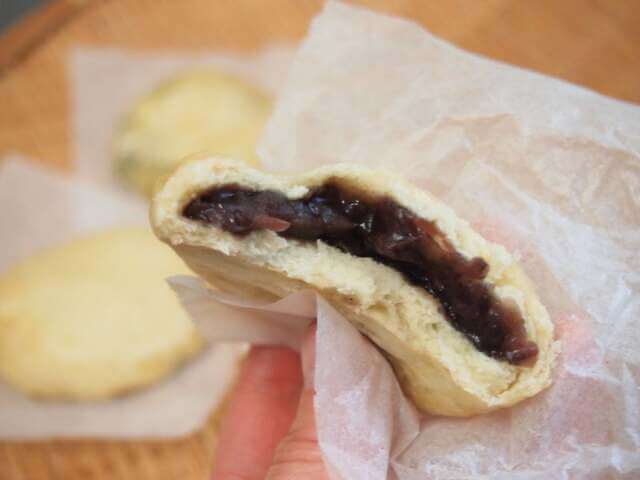
In the past, Tansan Manjyu was a handy and filling meal when people were working hard on farms. For example, in wheat-growing parts of Saitama, families often ate manjyu for breakfast and udon noodles for lunch on special days. This shows how it was a part of daily farm life. It was both a celebratory food and a practical meal, showing how traditional foods often served many purposes in a community’s daily life and special events. This also highlights how simple ingredients could become important for big community gatherings, showing the cultural value placed on harvests and food. Today, places like Yuntaku Nursery School still offer local dishes, including Tansan Manju, every month to teach children about different regional foods.
What Makes It Unique?
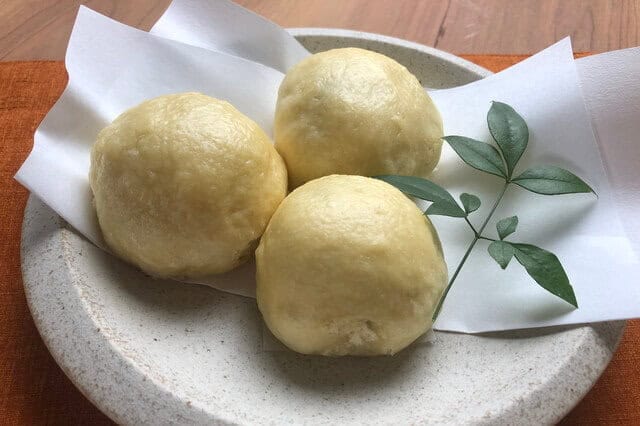
The baking soda gives the dough a distinct yellowish color and makes it “a little chewy” instead of just soft and fluffy. This focus on a specific texture shows how much Japanese sweets (wagashi) value such qualities. This attention to texture is a common and praised feature in Japanese sweets, showing a wider idea in Japanese cooking where how food feels is just as important as how it tastes, adding a lot to the overall eating experience.
Summary
Tansan Manjyu is a unique “carbonated” texture sweet, old ties to farming traditions, and a growing range of fillings make it a truly special regional food. If you’re interested in exploring the wide world of Japanese steamed treats, trying Tansan Manjyu offers a unique food experience.
For those who enjoy steamed Japanese treats, I highly recommend trying other similar dishes. These include general Manjyu varieties, Mochi-based sweets like Daifuku or Nama Yatsuhashi, and Hirata Buns.
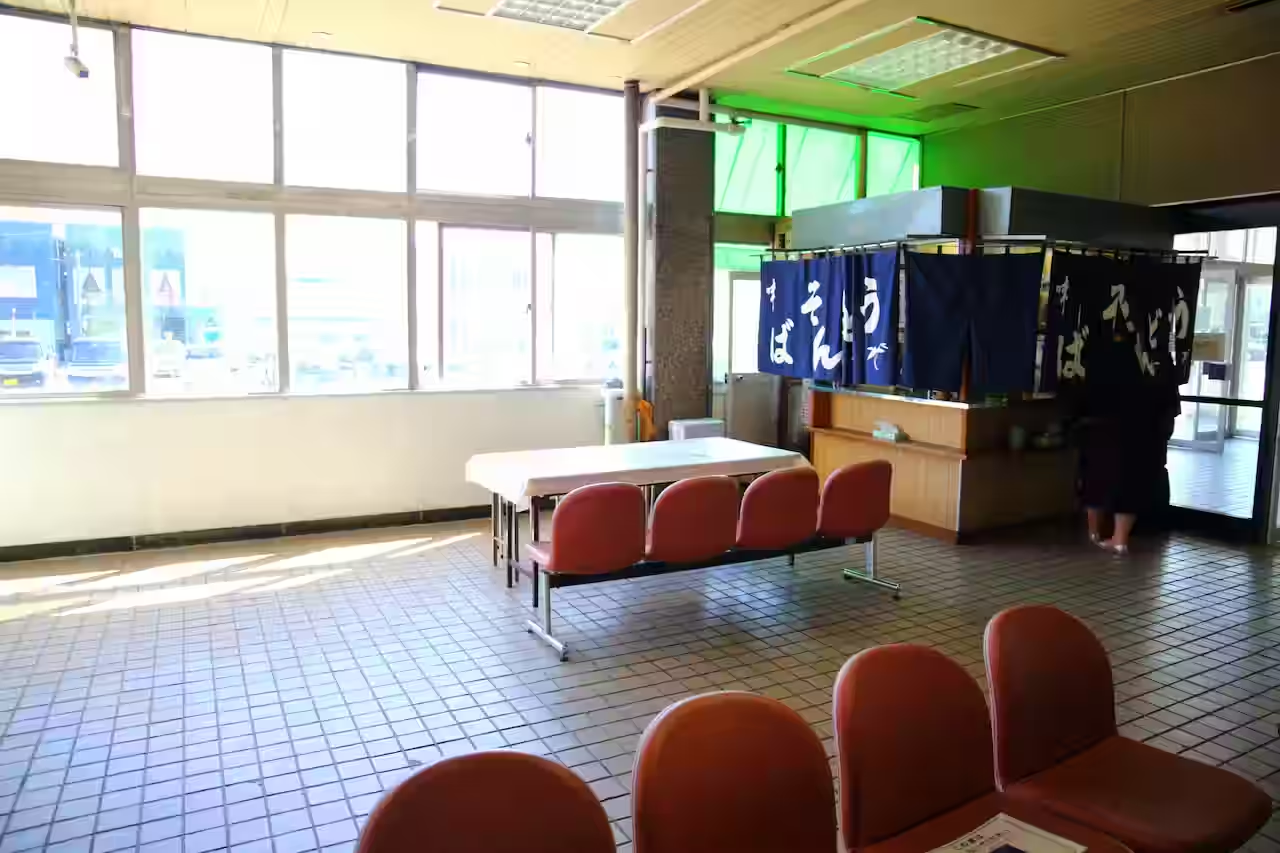
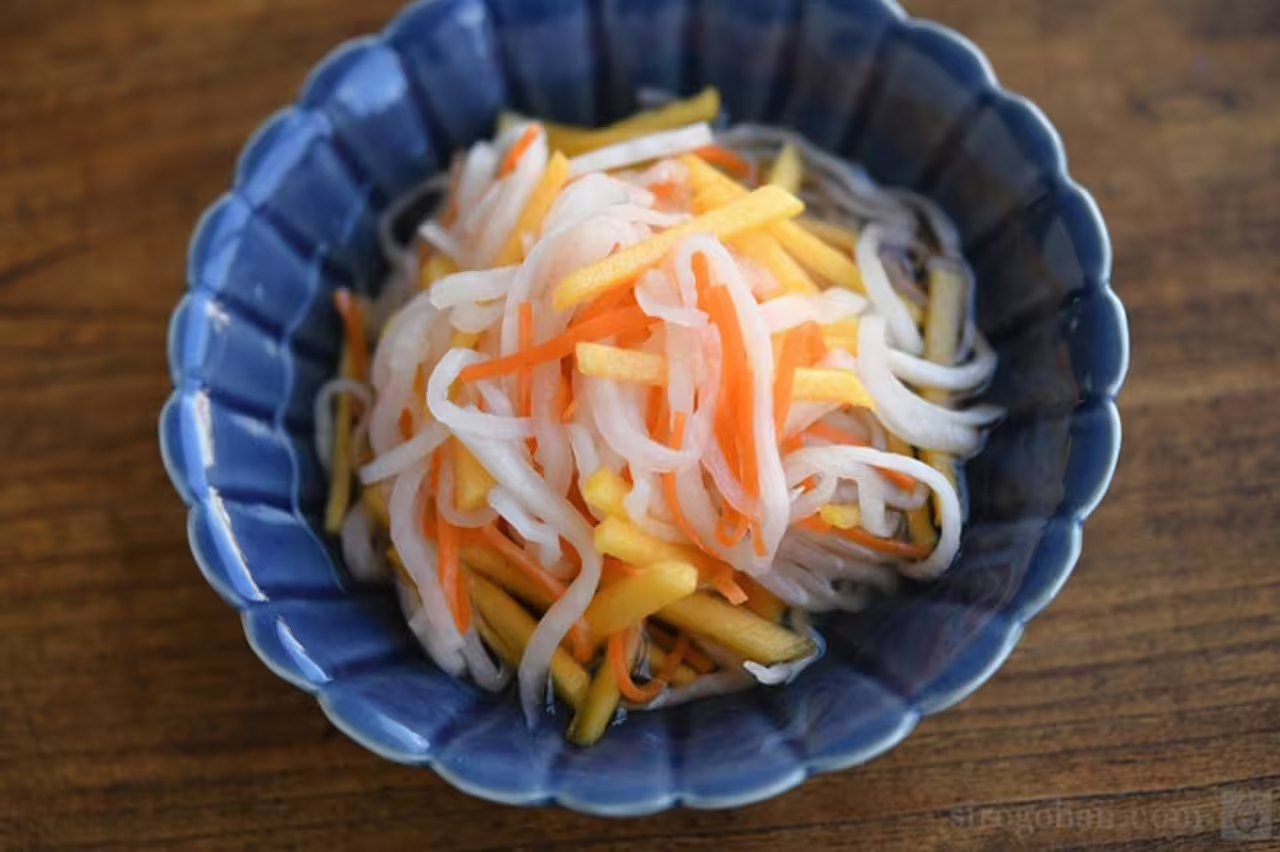
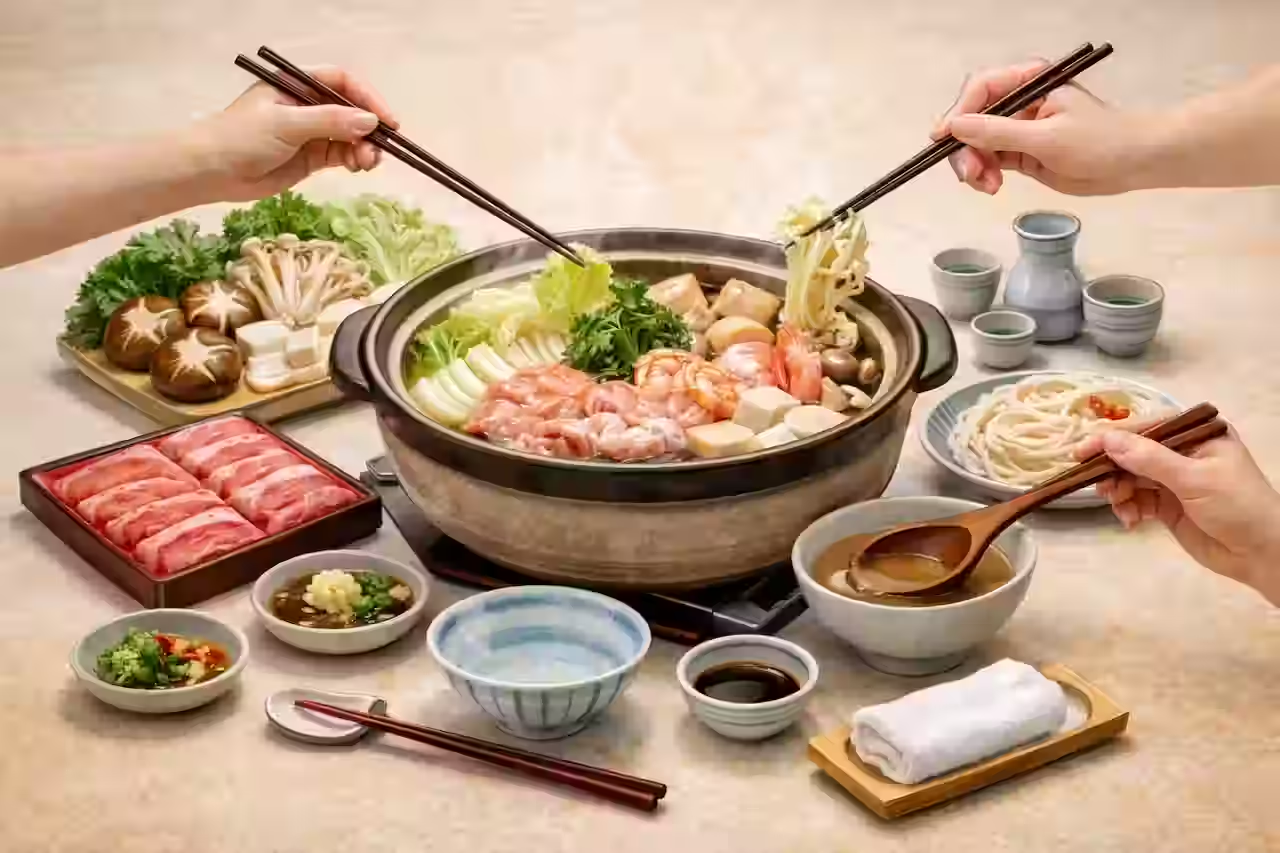
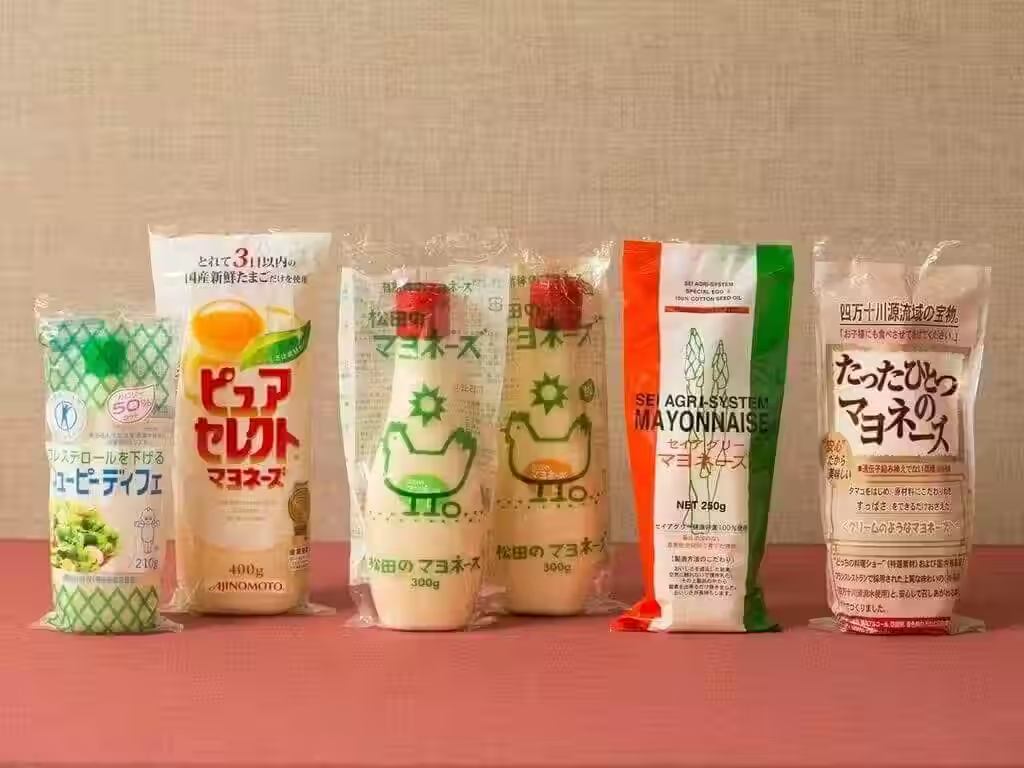
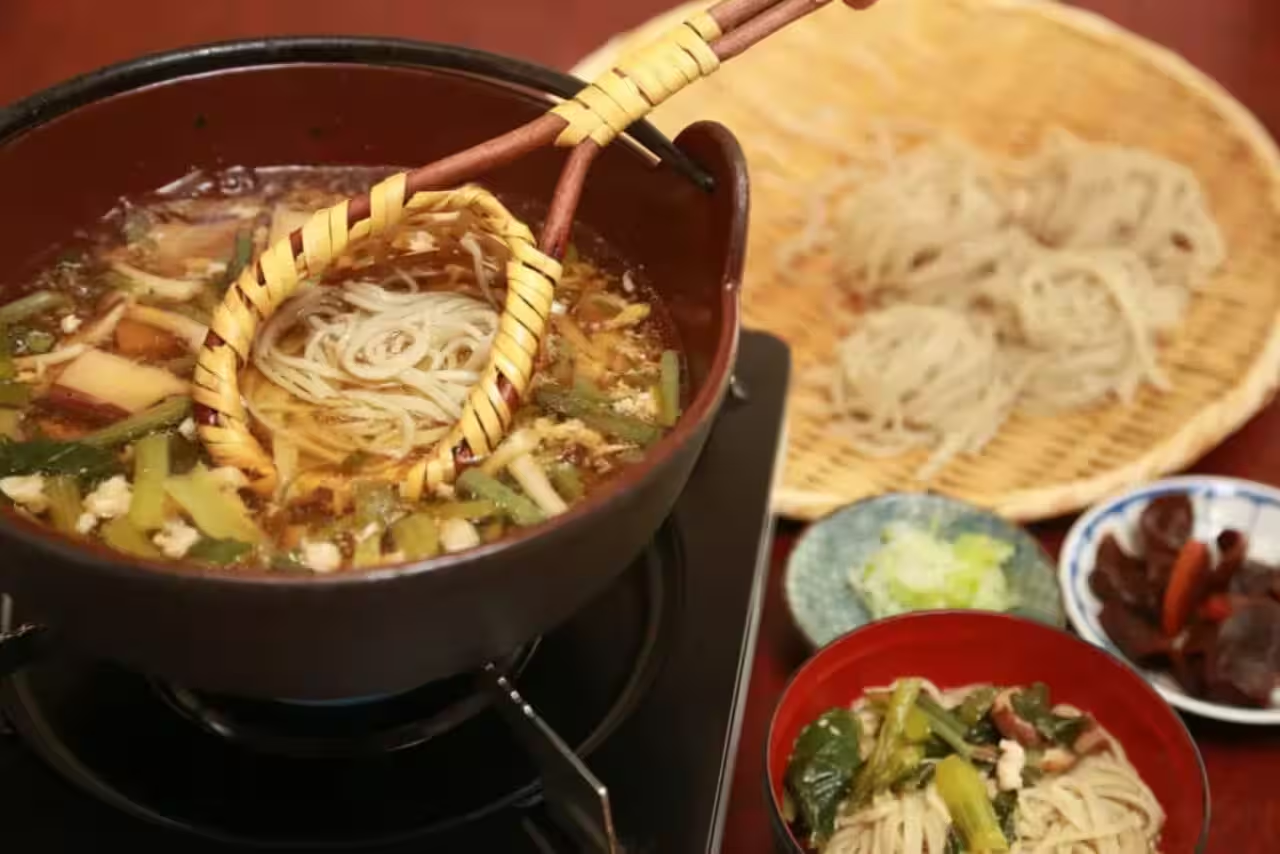


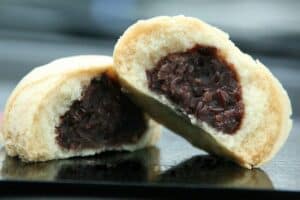
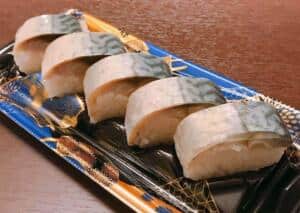
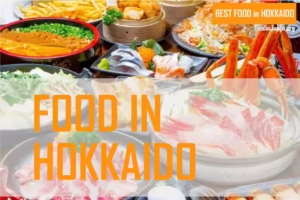
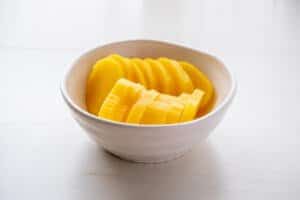

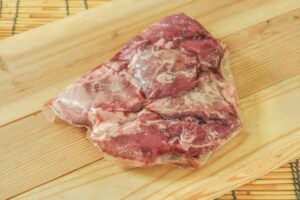
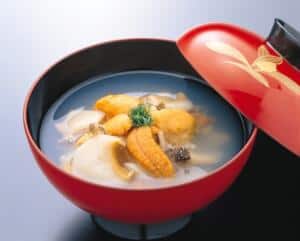
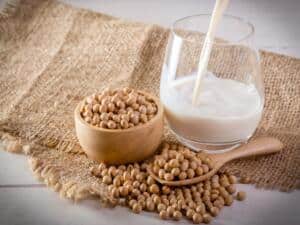
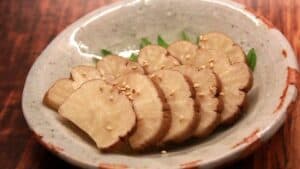
Comments